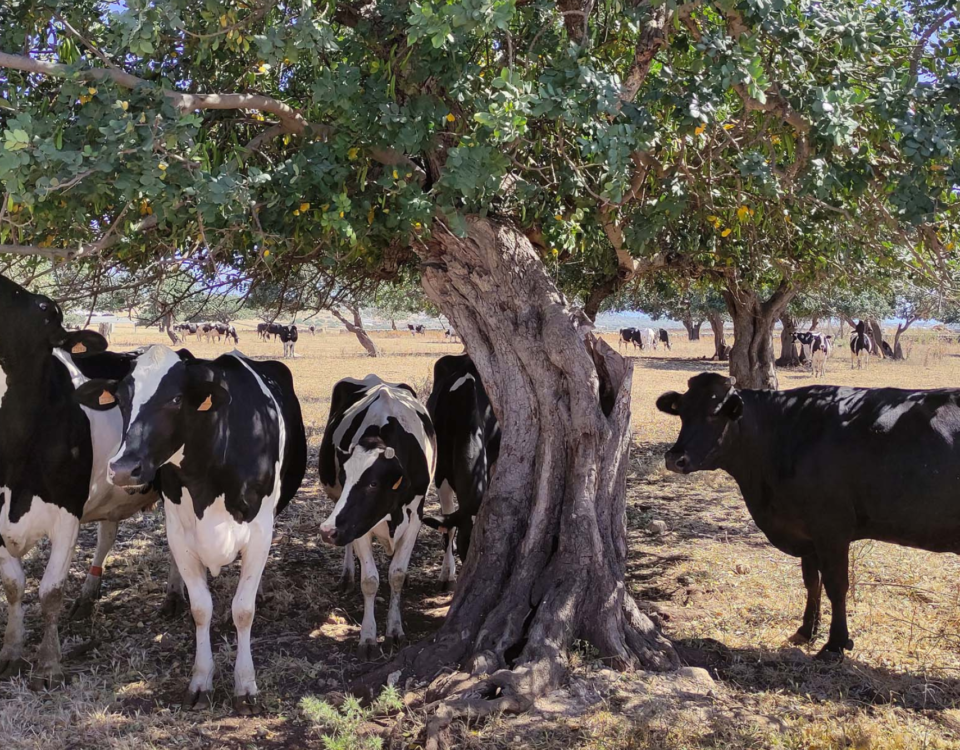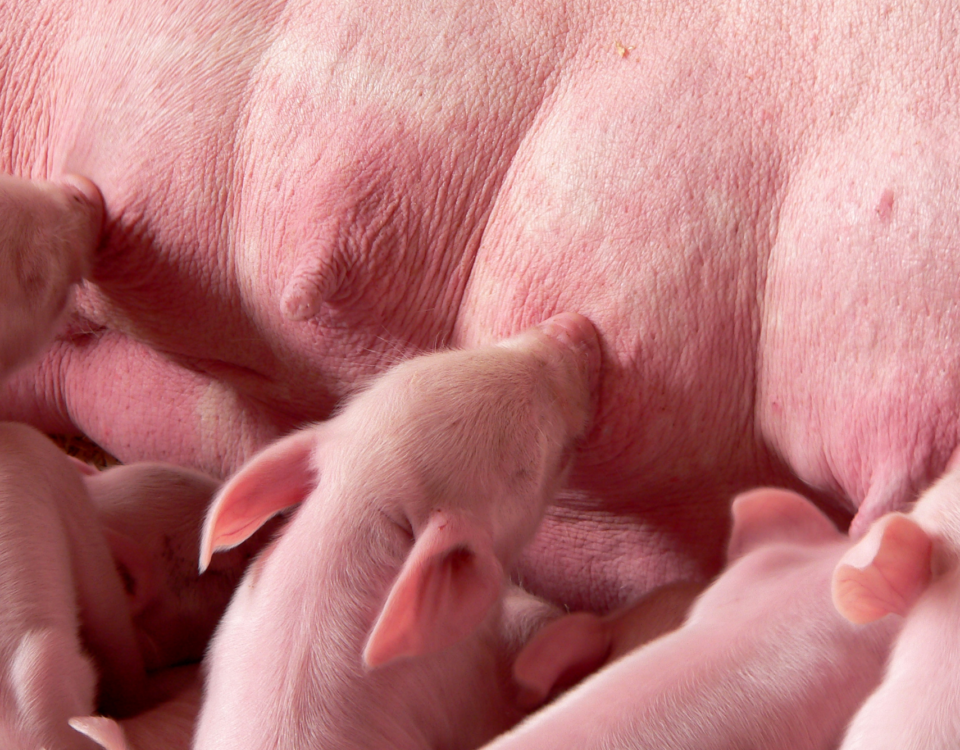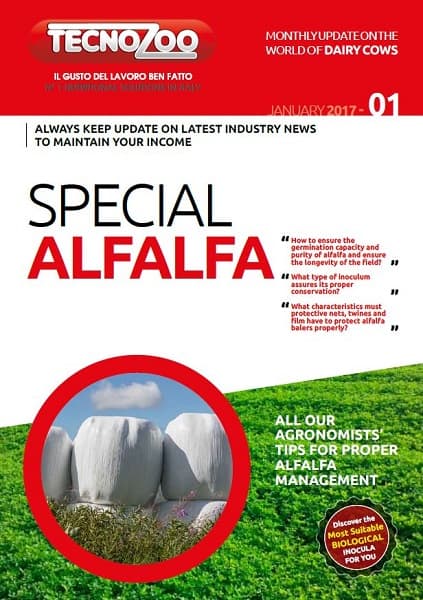The integration of vitamin E and selenium in the poultry sector

Integration of vitamin and selenium in the diet of the sow to contrast the negative effects of oxidative stress
June 22, 2021
The latest studies on heat stress and pregnancy in dairy cows
August 5, 2021VITAMIN E
Vitamin E is a fat-soluble vitamin essential for the correct nutrition of poultry.
It is a multifunctional vitamin necessary for the integrity and optimal functioning of the urogenital, muscular, circulatory, nervous and immune systems.
Main properties of vitamin E.
ANTIOXIDANT PROPERTIES
It is known that the production of poultry or eggs is associated with numerous stress factors, such as environmental stress (heat stress, high stocking density), managerial stress (transport, vaccination), pathological and nutritional stresses (high concentration of polyunsaturated fatty acids PUFA in the diet, presence of mycotoxins, prolonged storage, deficiency of antioxidants), responsible for the decline in productive and reproductive performance.

These factors are believed to be responsible for decreased performance and animal welfare due to oxidative stress.
Oxidative stress is caused by the imbalance in cells between the concentration of antioxidant and oxidant molecules such as reactive oxygen species (ROS).
Reactive oxygen species (ROS) are continuously produced in the course of aerobic cellular metabolism. Still, their production exceeds the ability of the body’s antioxidant system to remove them when stressful conditions occur.
Polyunsaturated fats, in particular those associated with phospholipids present in cell membranes, are especially susceptible to oxidative damage due to ROS production, which leads to the lipid peroxidation process, which causes cellular dysfunction and injury.
The concept of oxidative stress is becoming more and more central in animal nutrition being a factor of biological damage, it is considered a contributing cause of numerous pathological conditions that affect poultry production.
The antioxidant system that counteracts free radical damage (ROS) includes both enzymatic and non-enzymatic systems.
Non-enzymatic defense systems include antioxidants, such as vitamin E.
Antioxidants are molecules produced by the body or introduced with feed that inhibit the oxidation of other molecules.
Vitamin E acts as a membrane antioxidant. It binds to phospholipids and “traps” free radicals to avoid the lipid peroxidation seen above. The interruption of fat peroxidation at the membrane level by vitamin E (which is a chain reaction that if not interrupted leads to the death of the cell itself) spares the body stocks of other oxidizable materials such as vitamin A, vitamin C, the pigments introduced with the diet responsible for the colour of the yolk, etc…
IMMUNE RESPONSE
Vitamin E plays a fundamental role in reducing the morphological-functional alterations of the epithelial structure (skin and mucous membranes) induced by various agents, representing the pathogen’s entry into the host organism.
Therefore also from the intake of vitamin E with the diet.
Vitamin E acting as an antioxidant, helps counteract the damage from free radicals produced in the body during infections. Still, vitamin E also affects the cellular and humoral immune response.
Vitamin E, together with selenium, seems to increase the host’s defences against infections by improving the function of phagocytic cells and stimulating the synthesis of serum antibodies.
ROLE DURING ASCENT IN BROILERS

The results of many studies have suggested that oxidative damage may play an essential role in the pathogenesis of ascites.
During ascites, ROS production dramatically increases, and the antioxidant status of the tissues is indeed compromised.
The antioxidant properties of vitamin E have been successfully applied to reduce oxidative stress in broilers with ascites; a high intake of vitamin E can relieve oxidative stress in pulmonary hypertension syndrome (PHS). This alteration predisposes to ascites and may help reduce ascites mortality in broilers.
SEMEN QUALITY

The high concentrations of polyunsaturated fatty acids in avian spermatozoa are associated with a greater susceptibility to ROS and, therefore, to lipid peroxidation that predisposes to male subfertility.
Oxidative stress reduces the number of gametes, decreases sperm motility and increases the percentage of dead cells, so the antioxidant system of semen plays an essential role in maintaining fertility.
Vitamin E is an essential stabilizer of the membranes of the reproductive spermatozoa, and the concentration of vitamin E in the spermatozoa depends on its nutrition.
During reproduction, the body’s reserves of vitamin E are significantly reduced.
Several studies on semen report supplementing vitamin E in breeding males have improved sperm quality by preventing oxidation and inhibiting lipid peroxidation of sperm membranes.
DEVELOPMENT OF THE EMBRYO

During embryo development, there is a considerable accumulation of polyunsaturated fatty acids within the embryonic tissue.
Vitamin E transported from the yolk to the tissues of the embryo during its development prevents these polyunsaturated fatty acids from oxidative damage by protecting them from lipid peroxidation and thus playing a vital role during the embryonic stage until the first days of the chick’s life.
Crucial for proper embryonic development is, therefore, the level of vitamin E accumulated in the yolk.
This accumulation is closely related to the concentration of vitamin E in the mother’s diet, so it is essential to ensure high levels of vitamin E in the reproducers.
SELENIUM

It is well known how some functions of vitamin E can be fulfilled in whole or in part thanks to the co-presence of traces of selenium.
The antioxidant action of vitamin E increases linearly to the levels of selenium inclusion in the diet, which is why vitamin supplementation and is associated with selenium; their functions are so closely related that it is suspected that there are still unexplored functions of their synergy of action, especially regarding their role in the immune system.
Selenium, unlike vitamin E, becomes part of the enzymatic antioxidant mechanisms of the animal, being a cofactor of over 25 selenoproteins that participate in antioxidant processes, such as the enzyme glutathione peroxidase (GSH-Px).
Glutathione peroxidase is an enzyme capable of transforming one of the main ROS, hydrogen peroxide, into water and oxygen, preventing the oxidation of unsaturated lipid materials inside cells to protect cell membranes from oxidative damage.
Therefore, the action of selenium is synergistic with that of vitamin E and dependent as vitamin E can influence the expression of a series of different genres, including selenoproteins.
SELENIUM AND IMMUNE SYSTEM
Selenium, like vitamin E, is essential for the activity of multiple components of the immune system.
In broilers experimentally fed selenium-deficient diets, injury to immune organs and decreased serum content of immune system mediators have been reported as indications that oxidative stress induced by selenium deficiencies inhibits immune organ development and impairs immune organ function.
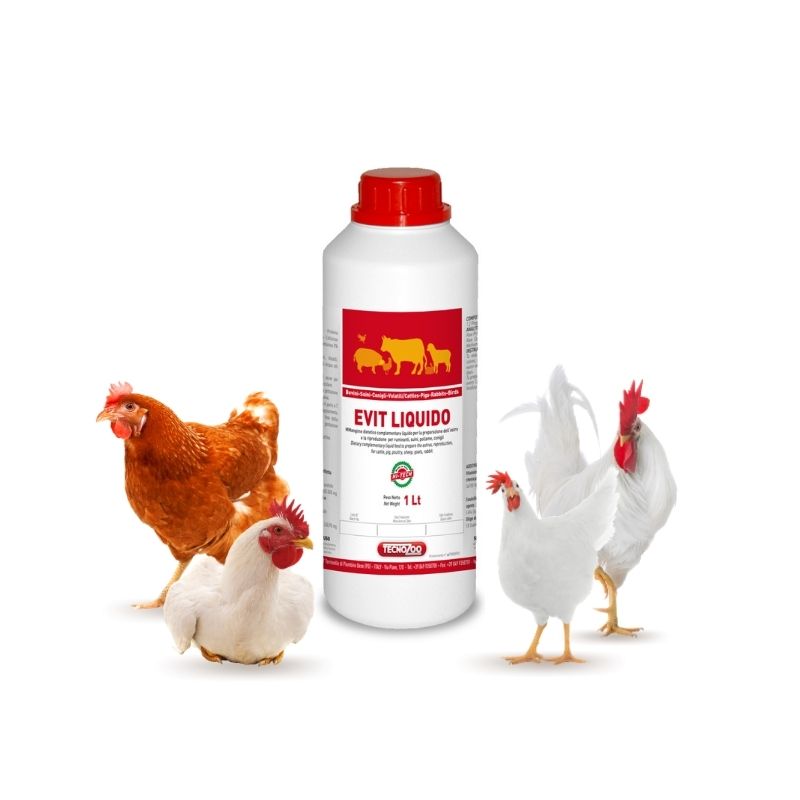
EVIT LIQUIDO is a complementary liquid feed to be added to drinking water at the rate of 100ml/100L to supplement the diet with vitamin E and selenium.
For any further information >> tecnozoo@tecnozoo.it
Do you want to continue to stay updated on all Tecnozoo news?
